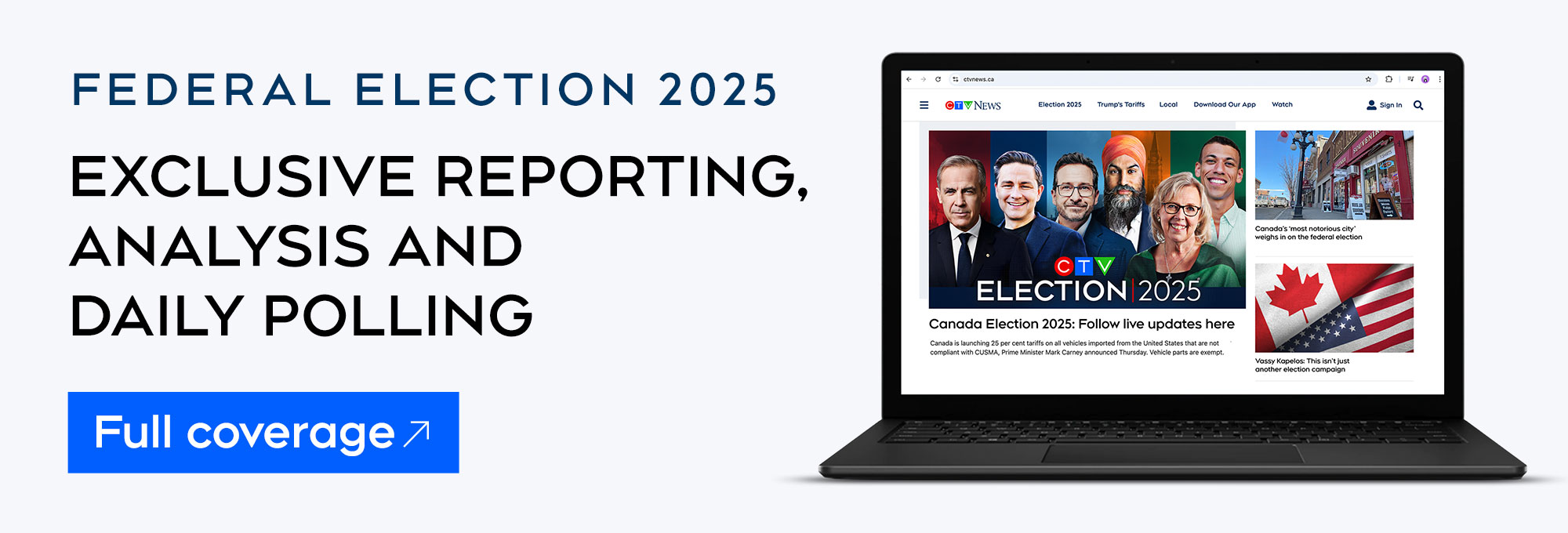MONTREAL — While elections can be won or lost based on a party’s ground game, in this campaign some leaders are also leveraging social media in new ways, in hopes voters will “like” and “subscribe” to what they have to say.
But, as the NDP have learned early on, new approaches can bring new risks.In a federal election first, NDP Leader Jagmeet Singh is bringing online content creators aboard his campaign bus, to film content between campaign stops.
To recruit these influencers, the party has been posting callouts on social media flagging where the bus is heading next, and featuring Singh saying they “have reserved a spot for you.”
The aim is to reach people who may not typically follow politics. So far, Singh has spoken with social media personalities with accounts of varying sizes on TikTok, Instagram, and YouTube, to cover a range of topics, from fitness and health, to community-based issues.
“We want to use every tool to be able to speak to Canadians where they are right now, lots of folks are on social media. It’s a way to connect with people,” Singh said when asked about his approach on Thursday.
It’s an election outreach effort inspired by the “creator house” utilized by Kamala Harris’ campaign during the 2024 Democratic National Convention in the U.S.
‘We do not vet every creator’
Though, the Singh team has already cut ties with one collaborator Jessica Wetzstein, after her past comments about the Holocaust – which the party characterized as “disrespectful” – surfaced.
In a statement to CTV News, NDP campaign spokesperson Anne McGrath said “this individual will not be participating in future campaign events.”
“We do not vet every creator we speak to, but we are reviewing how we engage with online voices to ensure alignment with our values,” McGrath said.
Wetzstein – a women’s health influencer who also has an OnlyFans account and joined the campaign bus that Singh, his staff, and reporters are travelling on in British Columbia – was quick to react.
In a video posted online, she accused the party of throwing her “under the bus they invited me on.”
Elizabeth Dubois, research chair in politics, communication and technology at the University of Ottawa, said there’s data indicating that for a while lifestyle influencers resisted dipping into politics, but that’s shifted in the last few years.
Particularly in this election she told CTV News that “there’s more of an expectation for these online creators that we rely on to stand up and say something about the political issues we care about.”
That said, Dubois noted the risk in high-profile political leaders aligning themselves with figures whose message the party doesn’t control. A way she’s seen this navigated in other elections, is to work with a range of individuals “which kind of diffuses the responsibility.”
Poilievre, Carney take more curated approach
While the NDP are the first, and so far, only party to work with creators, the Liberals and Conservatives are also leveraging digital platforms to ensure their messages appear on Canadians’ feeds as they’re scrolling.
Most mornings, Conservative Leader Pierre Poilievre has been unveiling his latest policy pledge in a professionally produced video, that is usually posted first on social media, sometimes hours before a press conference.
Could we even build the Canadian Pacific Railway today?
— Pierre Poilievre (@PierrePoilievre) March 31, 2025
Conservatives will honour the legacy of Sir John A. Macdonald & unite our country with a Canada First National Energy Corridor.
So we can stand on our own two feet - for a change: https://t.co/eIy7PDtCaB pic.twitter.com/q1Pzw7GNsF
These videos are then being recirculated to voters, by candidates and supporters. There are also social media users who then create their own videos discussing the latest Conservative campaign developments, amplifying the party’s positioning further.

Dubois has a team of 10 research assistants tracking what influencers are talking about in this election, and who they are connecting with in various pockets of the internet.
She said already they’re noticing there are a few “really popular” accounts sharing content across the political spectrum. Dubois also said there are many more trying to break in, particularly with more right-leaning views.
Mark Carney’s team has also taken a more curated approach, with a digital team dedicated to posting content from Liberal events across platforms.
A party source speaking on background said the Liberal campaign has not yet done any work with content creators during this election, but didn’t rule out doing so as the race continues.
“Parties are realizing that the social approach that they had been using the past few cycles maybe isn’t quite cutting it. They’re trying to be different, find new ways of getting their messages out and on people’s screens,” Dubois said.
“What’s interesting though, is just because the party might not have influencers on the bus with them, doesn’t mean they aren’t fostering relationships with content creators. Doesn’t mean they aren’t targeting those creators as potential avenues for getting their messages out.”

‘A new way of doing politics’
So far, the NDP say their strategy of rolling with creators has reached a combined audience of more than 500,000 followers.
McGrath said the NDP is not asking creators to help them campaign but are asking them “to share what matters to them,” as in their view, that’s the content that can reach people outside of political filter bubbles.
“This is about a new way of doing politics — one where people lead, and culture connects to overcome cynicism,” she said in a statement.
Dubois said with influencers shaping Canadians’ information environment, connecting with them to help guide a campaign’s narrative “makes a lot of political sense.”
But, “is that going to change people’s opinions on its own? Probably not.”































































































